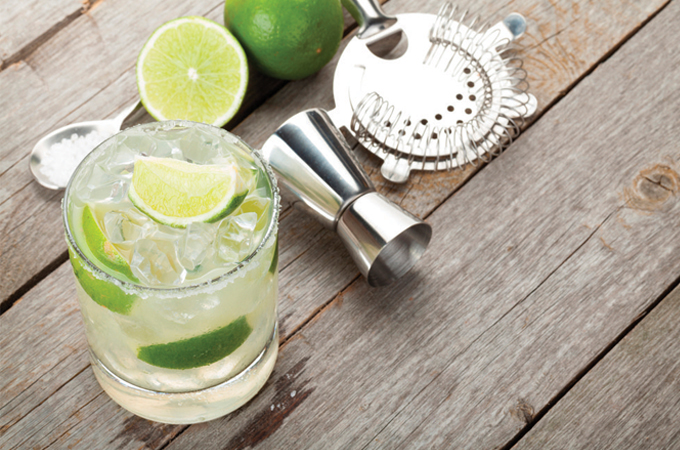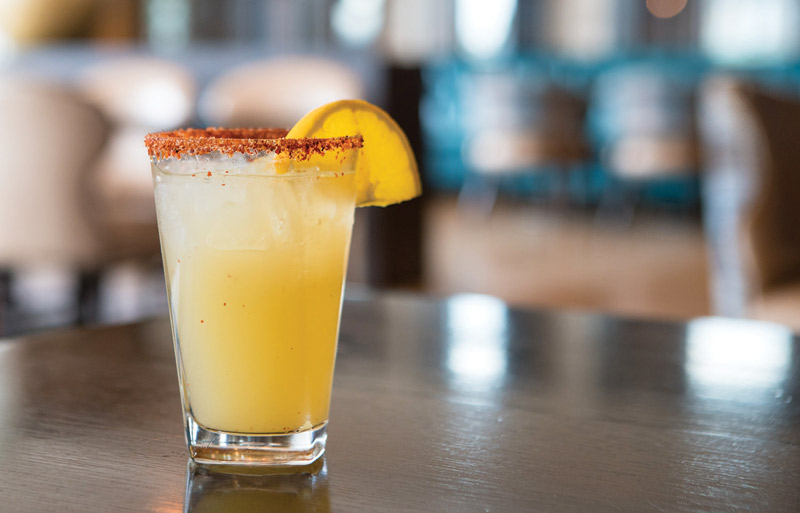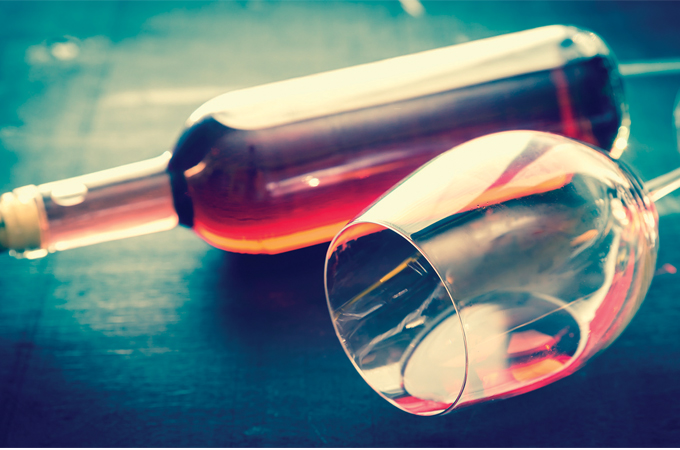I’m getting back into tequila, as it has been two decades since I’ve been able to enjoy it fully—thanks to a fraternity mishap that sent the burning distillate out my nose. Until then it had been my beverage of choice. I used to lug around a bottle of Jose Gold, passing out shots. We’ve come a long way since then.
What it is: Tequila is distilled specifically from the blue agave plant and comes from the area around the town of Tequila in the western highlands of Jalisco, Mexico. The red volcanic soil there is unique and perfectly suited for growing the succulent blue agave. Tequila was first produced by the Spanish conquistadors when they ran out of brandy. The Aztecs had been producing a distilled spirit of the agave plant for centuries; the Spanish utilized some of their methods and perfected it into the drink we have today.
Tequila Varieties: Plata or silver tequila is unaged and bottled immediately after being distilled. It is most often used for mixed drinks. Reposados are aged in large oak barrels or casks (up to 20,000 liters). White oak from the U.S., Canada and France are preferred. Old whiskey and wine barrels often are used to impart additional aroma and flavor qualities. New barrels can be charred to impart smokiness, but techniques vary from producer to producer. Añejos, a sipping drink typically consumed after dinner like cognac or fine brandy, must be rested for at least one year in smaller oak casks of no more than 600 liters. Used whiskey barrels from the U.S. and Canada are traditional, as they impart the darker tones and richer flavors associated with this style of tequila.
recipes and sippers
This simple but potent margarita recipe is brought to you by my tenure serving as private bartender to a rock ’n’ roll icon. (Hint: Think bugs and Volkswagons.)
The Sir Paul: Combine the juice of 3 limes and 1 orange, 2 shots Cointreau, 2 shots silver tequila and ice. Shake vigorously until frothy and serve in a salted and chilled glass.
Añejo Manhattan: Combine 1¼ once añejo tequila, 1/2 once sweet vermouth, and a dash of blood orange bitters. Shake vigorously and strain into a cocktail glass. Garnish with a blood orange twist or Luxardo cherry.
perfect sippers
Tres Agaves: Aged 18 months in Woodford Reserve barrels; slightly smoky with floral notes and a spicy butterscotch finish, $40
Clase Azul Reposado: Aged a minimum of eight months in a combination of bourbon, sherry and cognac casks; it has a sublime sweet and subtle flavor, $90
Herradura Seleccion Suprema Extra Anejos: The top lowland estate agaves are clay oven-roasted long and slow. This one is double distilled and aged for 49 months in American oak casks; it has complex notes of orange blossom, vanilla ,caramel, spice and dried fruits, $250-$400.
Jeffrey Hall is the sommelier for the Four Seasons Hotel-St. Louis.








